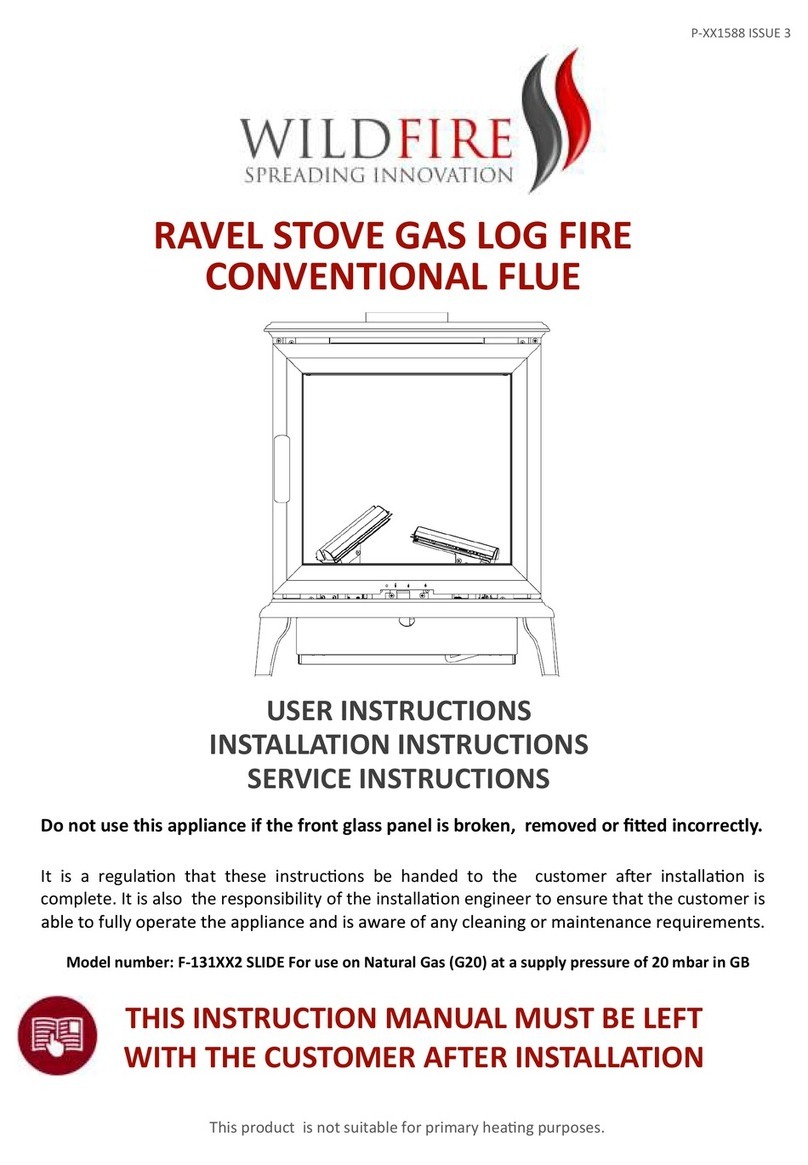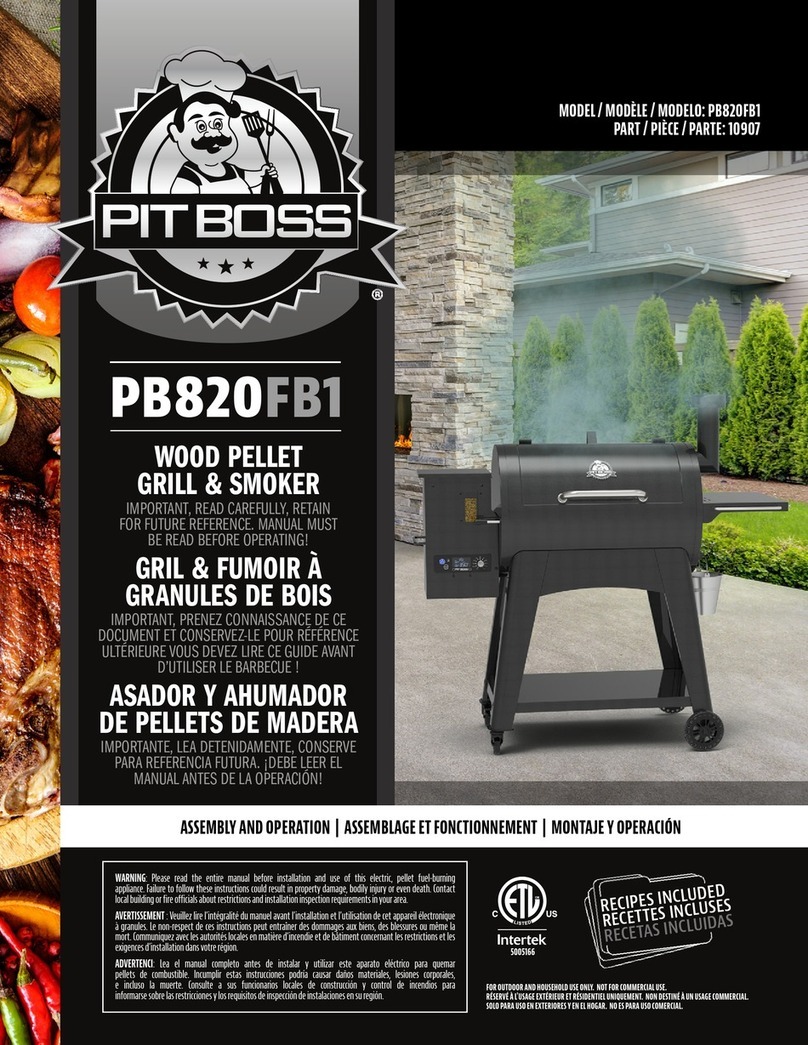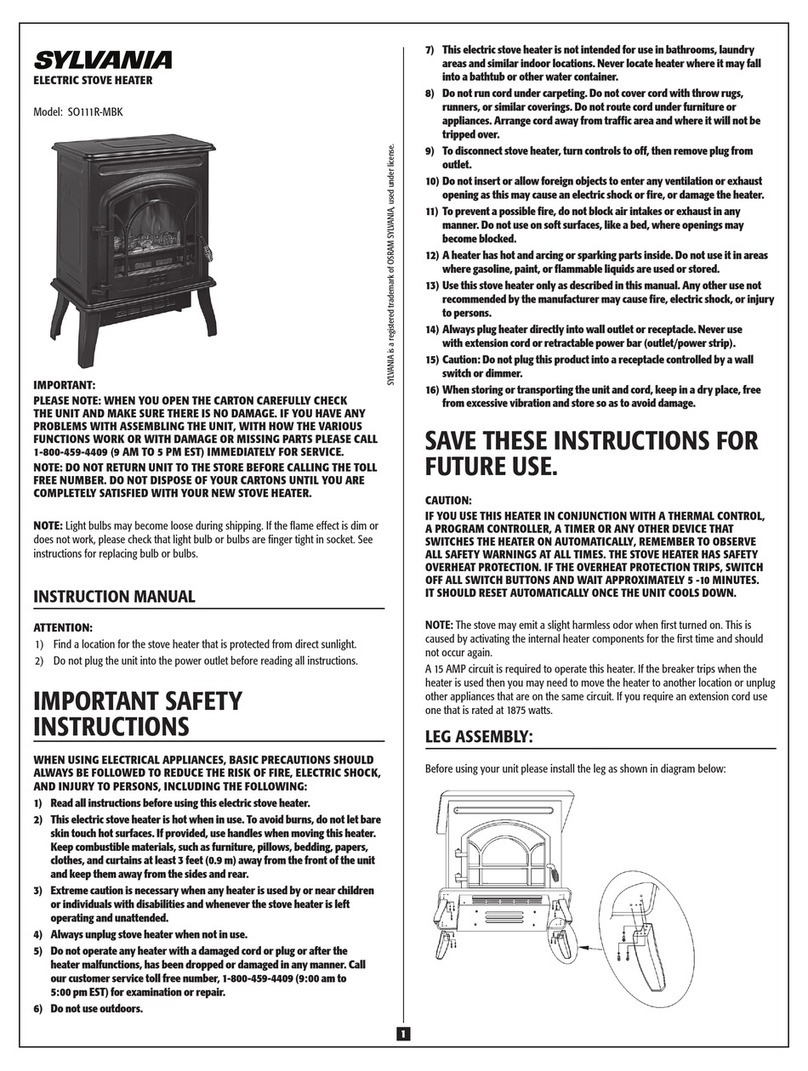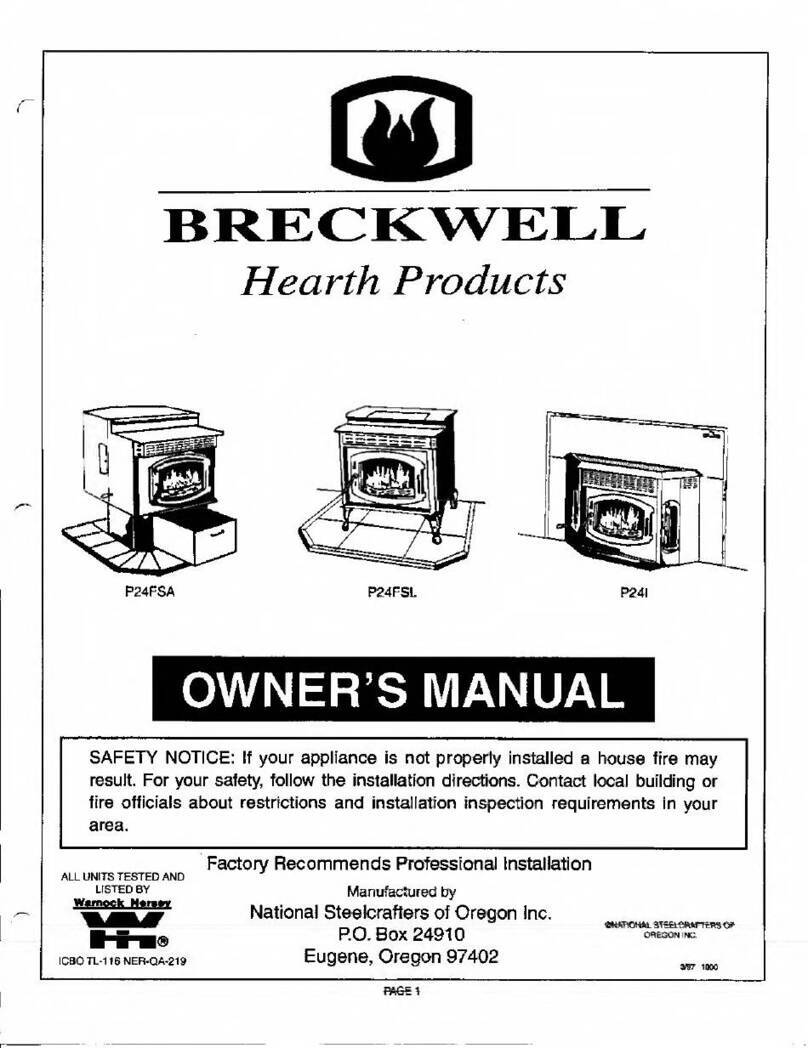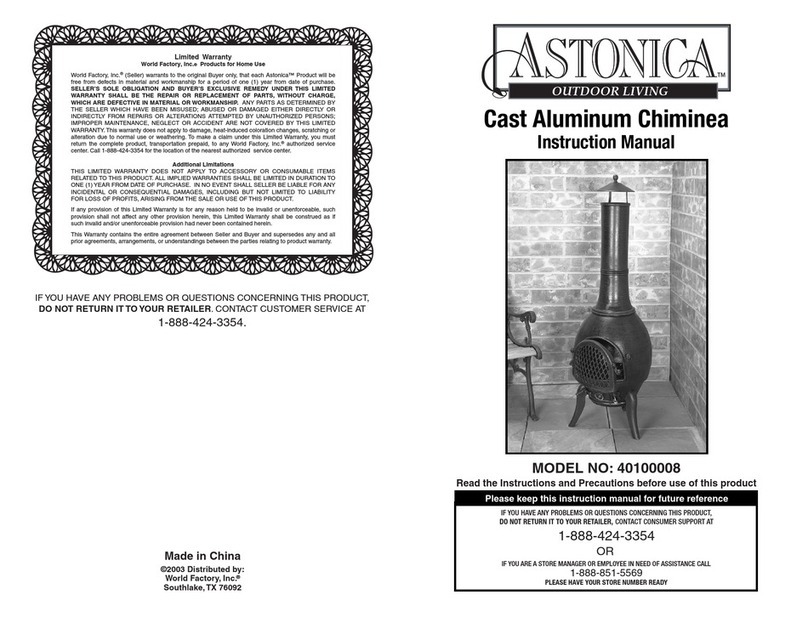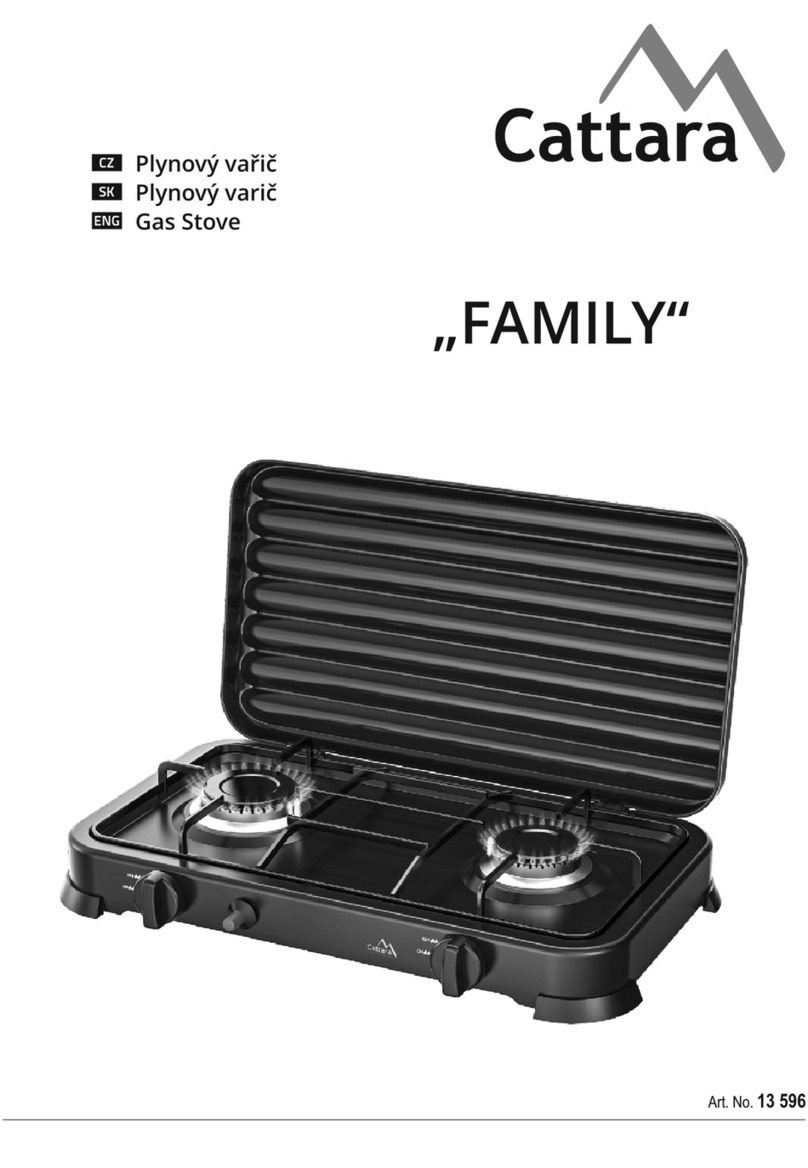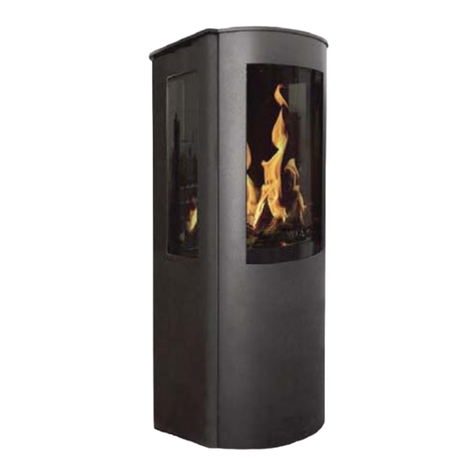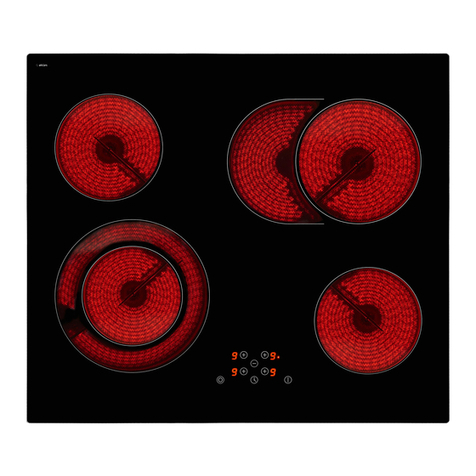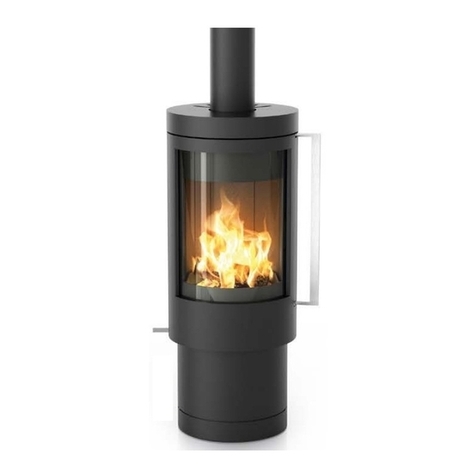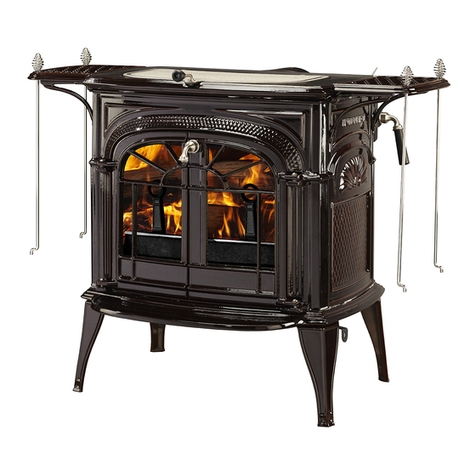
We also recommend (for easy access and clean out) that you have a flue door
located at least two feet (2’) below your flue thimble connection. This door should be
made as airtight as possible. It is the customer’s responsibility to ensure the chimney
system is safe and in good operating condition. The manufacturer will not be responsible
for an accident attributed to a stove connected to a faulty chimney.
2. Pre-Manufactured Flue System: In the past few years pre-manufactured flue pipe
systems have become very popular, because this type system is easily installed. When
installed properly this system is also very safe. In making your choice be sure the
system has a recognized label of approval such as UL, B.O.C.A. or I.C.B.O. -- any of
these approvals will ensure the flue system is constructed of the proper materials and
meets required safety standards. Your local dealer will normally handle a top grade and
approved flue system.
There are two very popular methods for installation of a pre-manufactured flue
system. The first, most popular and least expensive is through the ceiling and out the
roof. This is the most direct route and creates a tremendous draw because fewer pipes
are required. It is less expensive because insulated pipe is only needed from the ceiling
and up; single wall 24-gauge or thicker pipe is used from the stove to the ceiling.
The second method is to go through the wall and up the outside of the structure.
This method is more expensive because more insulated pipe is required -- you must use
insulated pipe through the wall and up the outside of your home. You must maintain the
proper clearances to combustibles in either installation. The pipe manufacturer furnishes
a wall thimble and ceiling support box and, when installed properly, the required safety
clearances will be met. If you choose a pre-manufactured flue system and do not feel
qualified or capable of installing it, your dealer should be able to recommend a qualified
contractor. It is the customer’s responsibility to ensure the flue system is safe and in
good operating condition. The manufacturer will not be responsible for an accident
attributed to a stove connected to a faulty flue system. Follow the pipe manufacturer’s
installation and directions for passing through combustible walls and ceilings.
Check codes in your area.
Note: Flue systems and pipe are not furnished with this unit; they must be
purchased separately. Do not install a pipe damper with this stove.
SECTION II: FLOOR AND WALL PROTECTION
A. Floor Protection
If the floor is constructed of a non-combustible material such as brick or concrete, you
are not required to have floor protection. If the floor is constructed of a combustible
material such as hardwood, carpet or linoleum, floor protection must be placed between
the unit and the combustible material.
There are many stove and wallboards on the market and you should be very careful
in your selection. The board must be UL approved. The approved protector should
provide a minimum of eight inches (8”) behind the unit and on each side and a minimum
of sixteen inches (16”) in the front of the stove where the door is located. This stove
requires a minimum 48” x 48” size floor protector.






